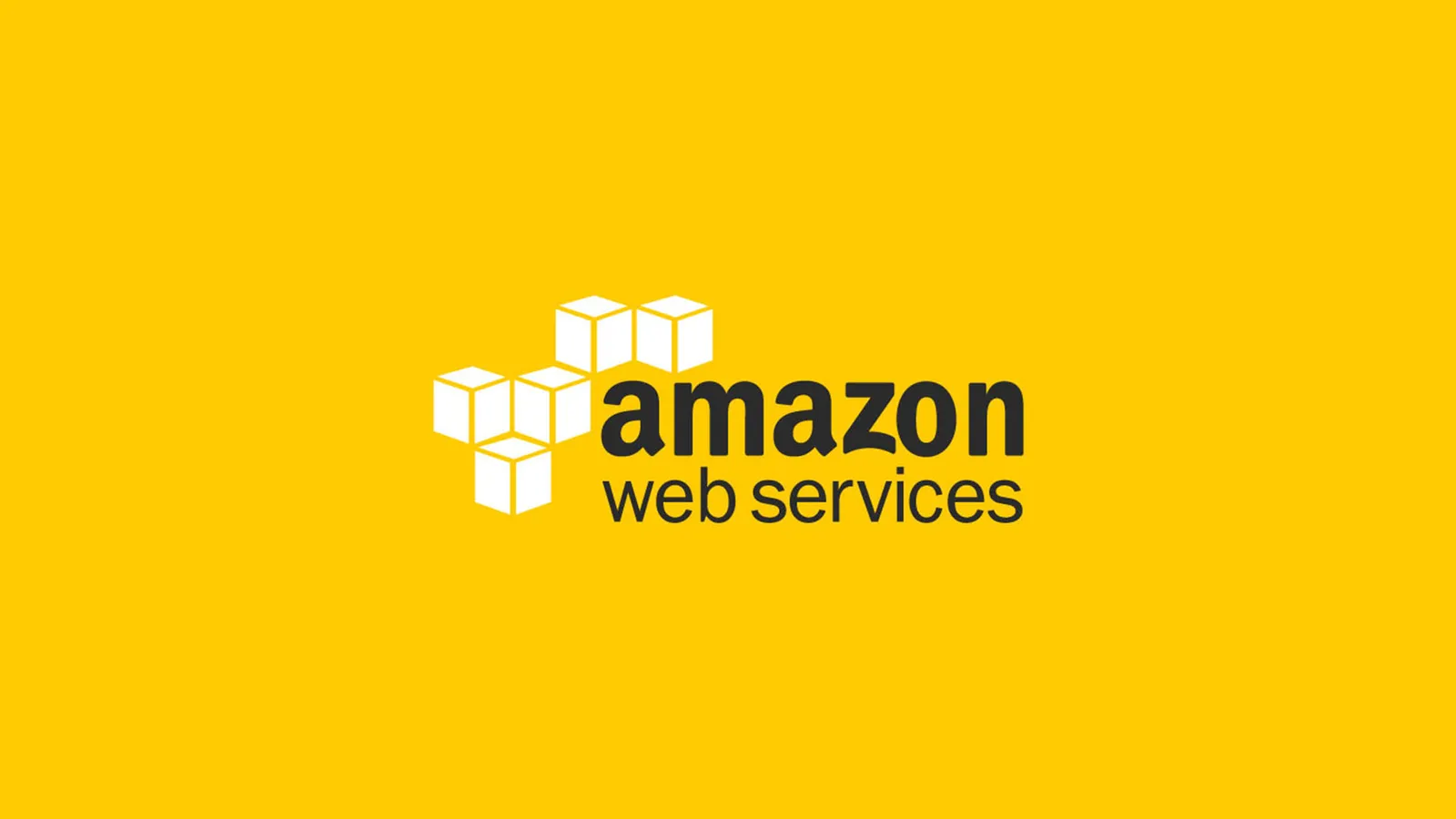Amazon stock today is a testament to free-market capitalistic success. This is the image you’re fed. Hard-work and determination grant you a window of opportunity for you to transform and disrupt the world on a trillion dollar scale.
We scarcely look into the history, though. With Apple, we know the Steve Jobs story. We see the genius. We know the zig-zag between an operating system and the first popular MP3 player to the iPhone that eventually broke out as a worldwide brand everybody had to have. We have seen the success with Microsoft in the same fashion: As a kid, I saw the transformation of the operating system over the years. It was aging and maturing at the same rate I was.
When we turn to Jeff Bezos, we draw a blank.
There are a few really interesting things that connect the dots people scarcely talk about.
- The deal that saved Amazon from the grave.
- Going from selling stuff on the internet to creating the operating system for the internet.
- Transforming the business of selling stuff themselves into the idea of allowing others to sell for them — going from a business that sells to a business middleman.
Amazon built the infrastructure of the internet, but that actually happened after the dot com bust.
Here are some cool statistics:
- When the dot com bubble burst, there were about 400 million people on the internet and 17 million websites.
- Today, there are over a billion websites and over 3.5 billion people on the internet.
- A lot of people assign the failure of companies during the dot com era to chasing too few users at the time.
- The ideas were in the right place, but the game had begun too early and too fast.
- The growing and scaling pains of other companies that ended up in the graveyard existed in Bezos’ profile, too.
In fact, Amazon had its initial public offering on May 15, 1997, at $18 ($1.50 after splits) a share. In just a few short days, it was trading at just a touch below $100 ($8.50 after splits) a share.
At Amazon’s peak during the dotcom bubble, it was $1,500 a share (a touch above $110 a share after splits).
When the company crashed, it bottomed out near $80 a share (approximately $7 a share after splits).
It had lost over 90% of its value.
Its market cap was hardly over a billion dollars. The Amazon we know and love today was as close to extinction as any other dot com era company.
What saved Amazon was its CFO, Warren Jenson, who sold $670 million in convertible bonds to European investors in early February of 2000.
#amazon-web-services #programming #history #amazon #finance
